As part of our customer-centric data series, we are speaking with AB Tasty partners about how brands can use data to better profile customers, understand their needs, and forge valuable emotional connections with them, as well as measure overall digital impact and build a data-based, customer-centric vision.
You can catch the beginning of the series here. For our 8th installment, we spoke with Helen Wilmot, UX Director at Dentsu International. Dentsu is one the largest marketing and digital companies in the world and provides communication, marketing and digital strategies across a range of disciplines. Helen leads the UX strategy and research for Dentsu.
Why customers come to Dentsu
Dentsu is an integrated global company. People are often looking for the different channels they operate in, as well as having several disciplines collaborating under one roof to serve a client. More than that, Dentsu is a multi-national company with a network of global expertise focused on how to provide value to clients so that they actually see that they are linked to something that’s larger. Specific to the UX and optimization team, they are tightly integrated with other channels such as brand and digital strategists, SEO, and commercial. All of those aspects are taken on board when they are looking at optimization.
That means growth is one of the major factors at play: “We are firmly focused on being customer-centric and providing value for the users,” says Helen. “We also live in the real world and we want to tie that value to real growth. We know that being customer-centric drives growth, study after study after study shows that, but it’s important that we can show that ourselves in our own behaviors.”
Understanding user behavior
Helen stresses that there is no single way to understand user behavior and as such it will often depend on what is appropriate for the research or business problem at hand. Dentsu combines many techniques when looking to understand customer behavior, often a balance of qualitative and quantitative data. In many cases they are looking for a breadth of data to make it accurate – interviews, usability testing, AI, eye tracking, data insights, and card sorting all play a part.
The techniques employed depend on the customer and the business model. Consistently, however, they are led by data. Researchers perform usability tests, both at a distance via remote studies and in-person moderated use testing. Having users try something out in their own environment using their own devices also helps Dentsu asses more natural behavior. They sometimes employ ethnographic techniques, which are borrowed from anthropology, as researchers are embedded in users’ real experiences. Looking at interaction with a topic or task in real-time, this research is more generative and exploratory but can help uncover larger issues. New technology in behavioral science and neuroscience can look at emotions, implicit response testing and eye behavior.
What customers say they want and how they actually behave
Specifically, when Helen’s team conducts interviews they look at how users behave as well as what they say.
“User testing should be about observing,” shares Helen. “If the user said they found the task easy, but they clearly didn’t, it’s a sign to use our critical thinking to evaluate that feedback.”
So Dentsu always dig deeper to back those statements up with data. They have a rigorous approach to their research, including the use of a laddering technique used to get to the root cause of people’s thoughts and experiences. “It’s all working within the reality of how we know people’s minds work. We know that people are terrible at remembering exactly how they felt and terrible at predicting our own behavior. So that’s not to say that experiences don’t matter but as researchers, our job is to work within the reality of how human psychology works too,” says Helen.
The importance of testing and experimentation
Another way Dentsu works to validate user feedback is with a reliance on A/B testing. In the past, they have had users report certain things that motivate them, but the A/B tests do not back up that information. For Dentsu, testing out a hypothesis is a crucial part of their optimization process and it is unthinkable that they would go ahead with new ideas without testing them first.
“I think it’s a bit of an act of hubris If you don’t go ahead and test,” stresses Helen. “The risk just absolutely shoots up, and you can’t de-risk a solution without testing it. Even if a solution is successful and is fit for purpose, there are always iterative changes that you can make. That is the beauty of a testing and experimentation mindset. You are never finished, and we never think that what we do is perfect.”
Testing allows Dentsu to move at speed. Some tests don’t always work, but Helen points out that losing tests also brings a wealth of information for other ideas. Knowing something doesn’t work for your users informs you for your next test and when you are working with future customers, it can point you in the right direction as to what techniques are currently effective for messaging and psychological persuasion.
The KPI’s and metrics within user behavior
For UX, one if the main KPIs is NPS (Net Performance Score), just as it was for Realise. In usability tests, Dentsu will look at the number of errors someone makes. If they are testing a certain structure or tree testing, they will look at success rate and directness. NPS compliments all of these because it has numerous studies behind it associated with growth. There is also a holistic view to take when it comes to user behavior metrics: what areas within the business are being affected by friction on the website? It could be customer support, payment or delivery, but they are all vital to the user experience.
A good user journey
A good user journey will always provide revenue. The two are intrinsically linked for Dentsu. If you get it right, people become more engaged in the brand, more engaged with what you are offering and it makes them more likely to do what you want. Helen wants to go further, though. Usability and revenue are vital aspects, but they are only the beginning.
Helen explains, “I think usability is the absolute baseline that we should aim for, and we really should be focused on delighting customers while creating emotionally resonant experiences. There is strong data on the link between emotion, memory and brand perception and by creating these rich, emotionally resonant experiences we can boost lifetime value.
It seems that in the current climate, people are placing an emphasis on the bottom line and conversion, but, as Helen shares, the original thinkers on UX such as Donald Norman were looking to delight to provide insight into optimization. Brand and user experience are inevitably related and users who have an emotional connection with a brand will give you more and more chances to be present in their lives.
“It’s important to view delight as a bit of a North Star. If you make your users happy, you’ll make shareholders happy as well.”
You can find out more about our Customer Centric led by looking at our previous installment on how to solve real user problems with a CRO strategy.








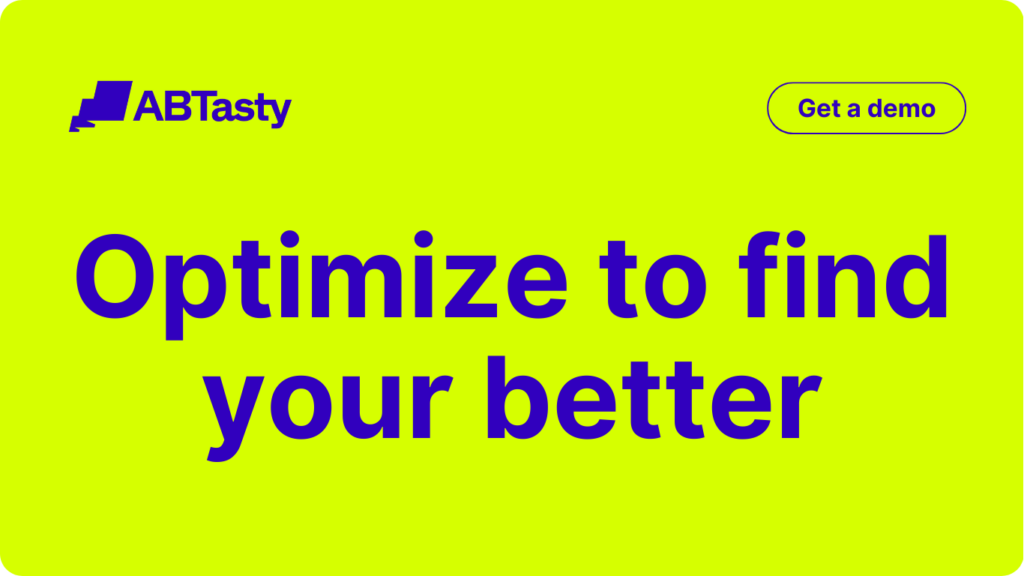
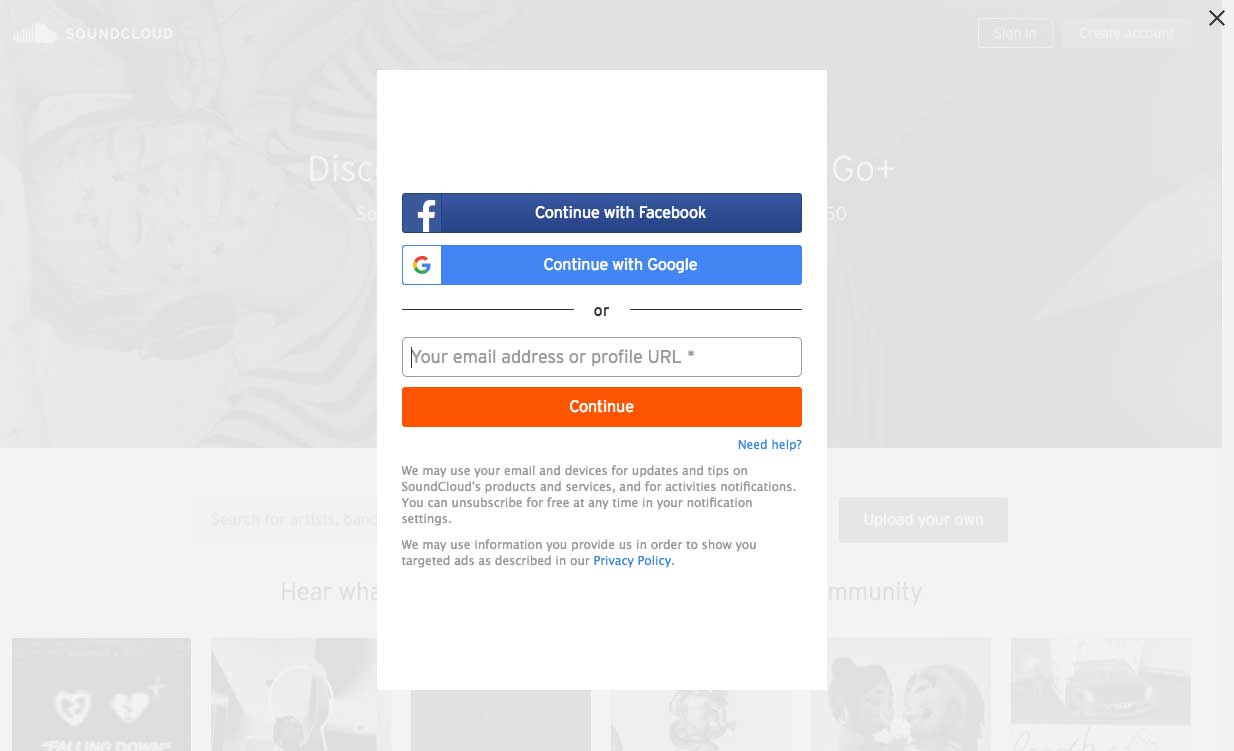
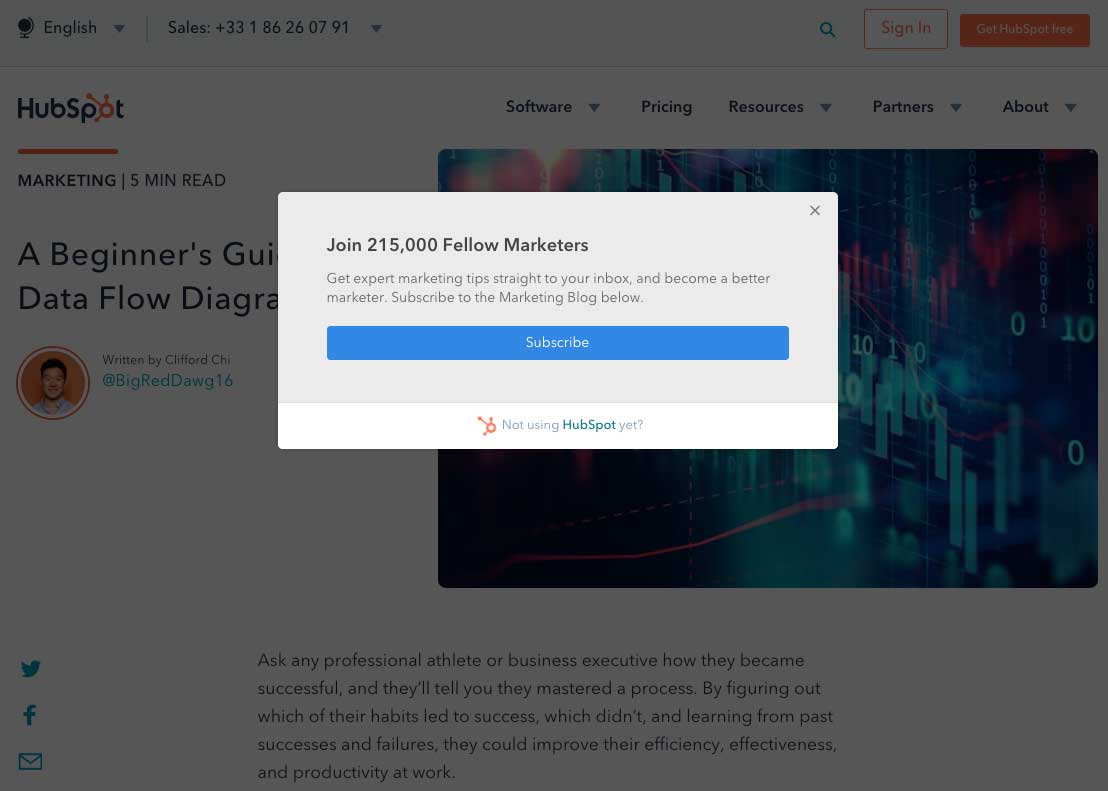
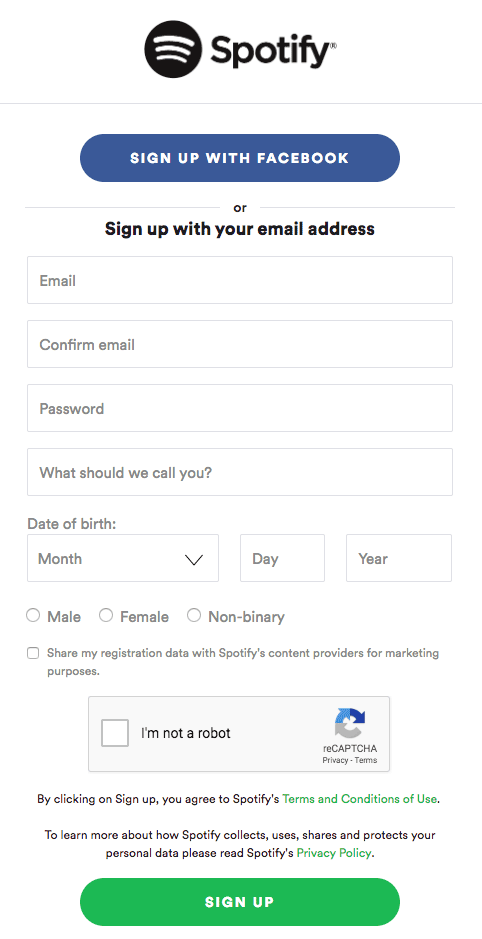
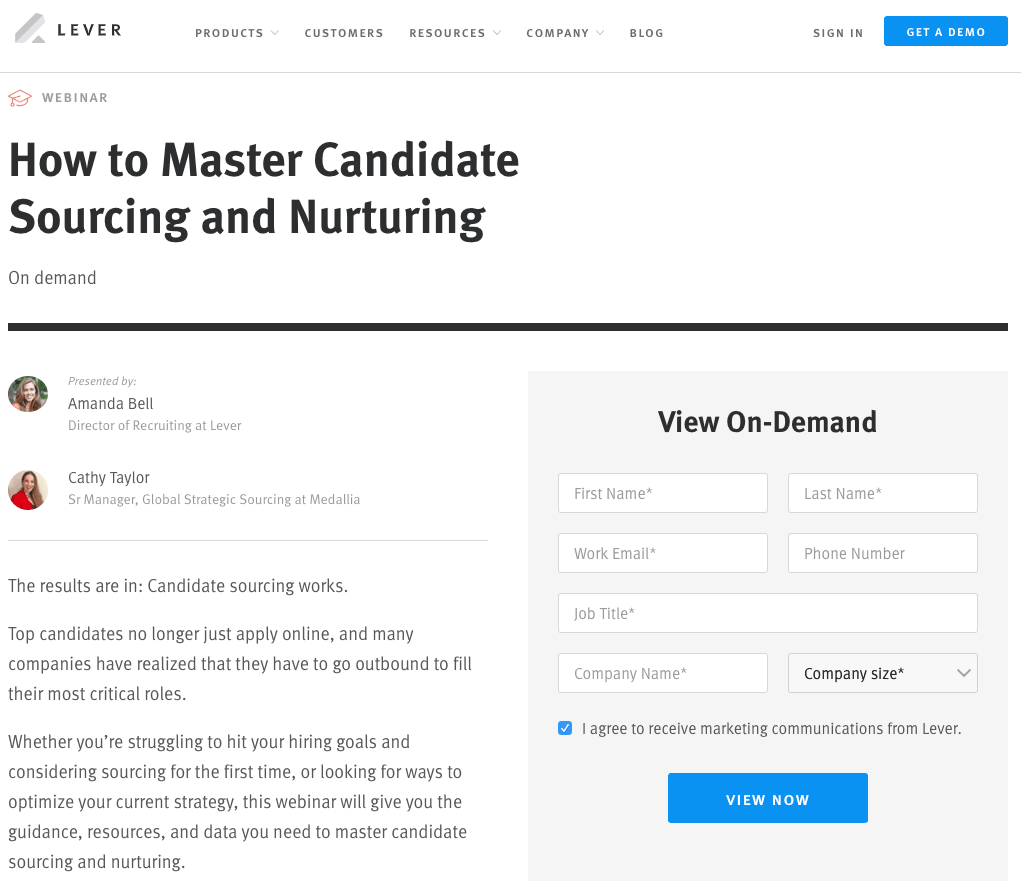
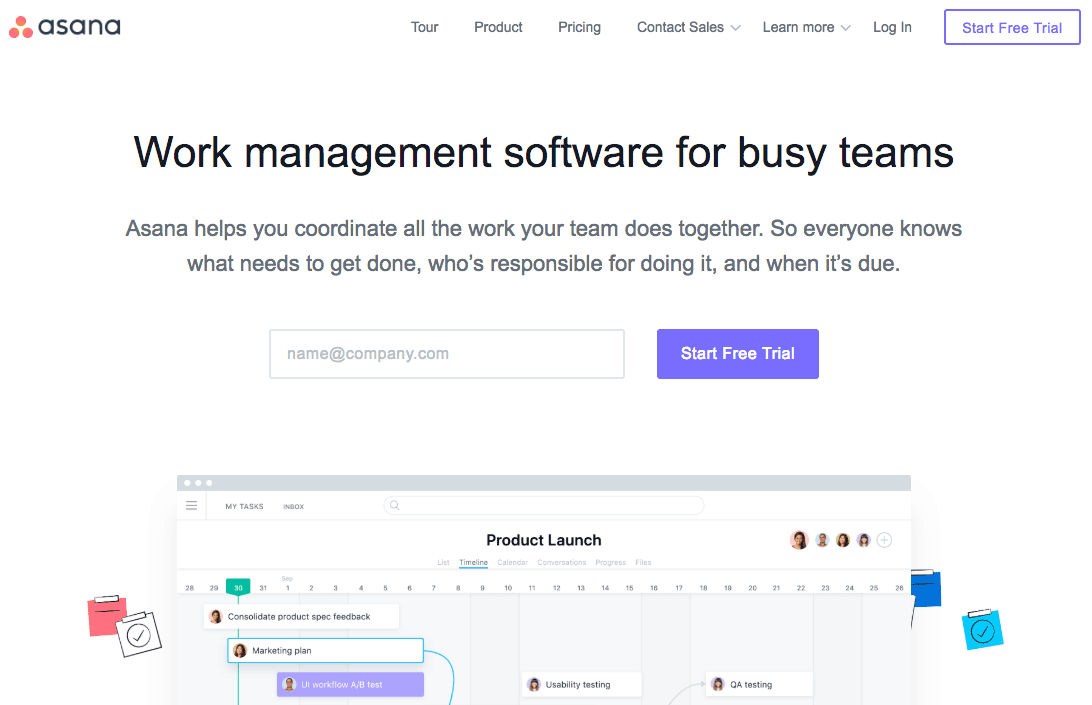
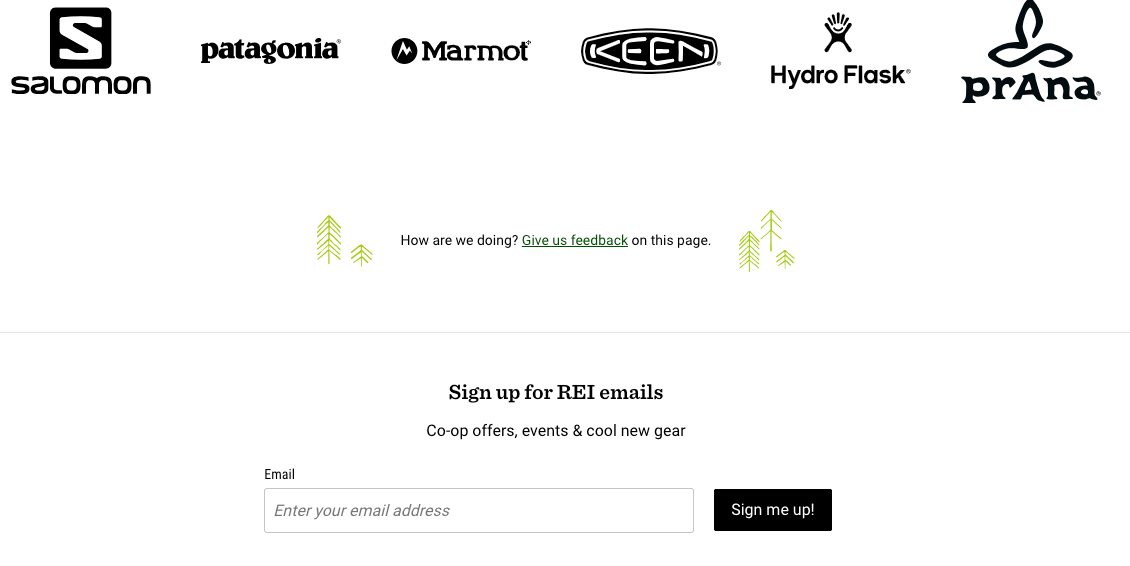
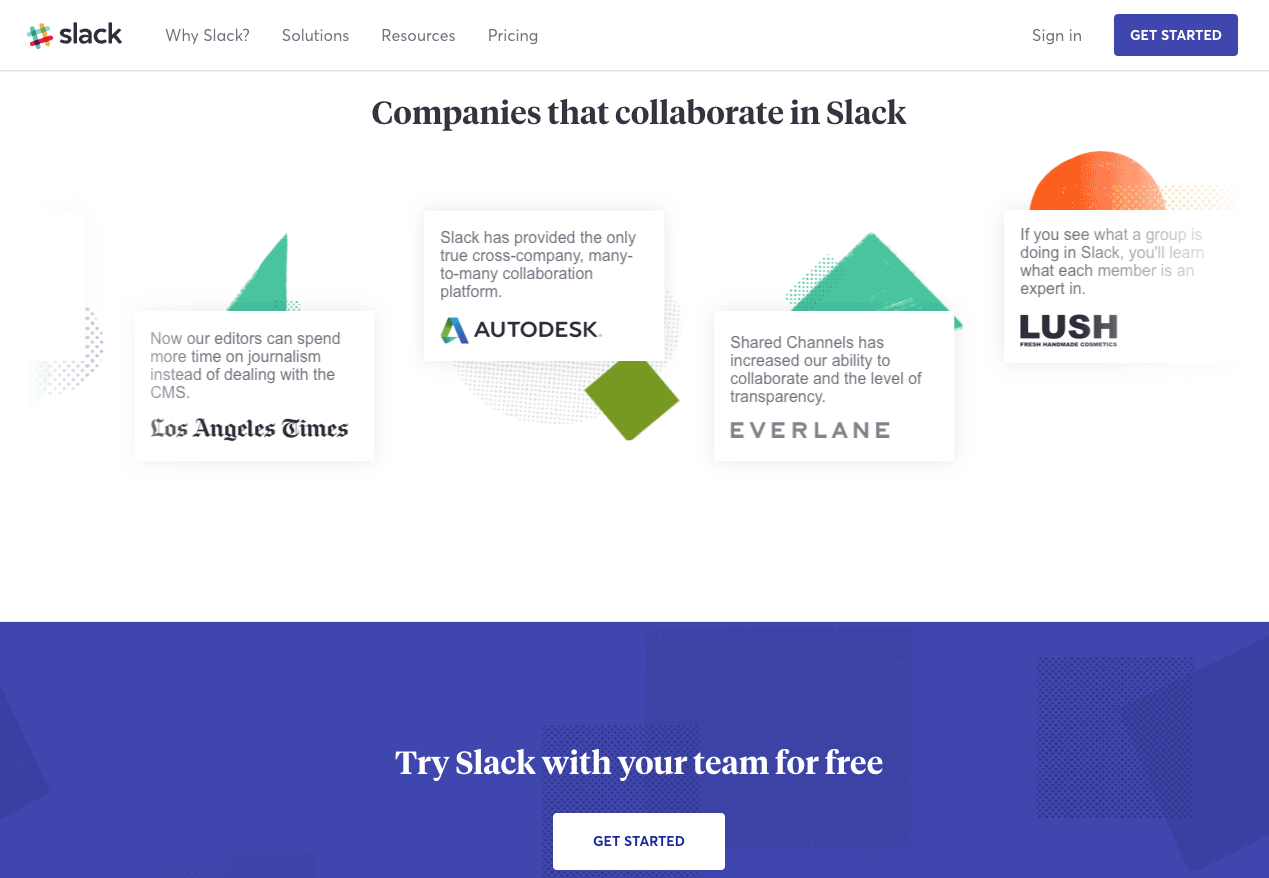


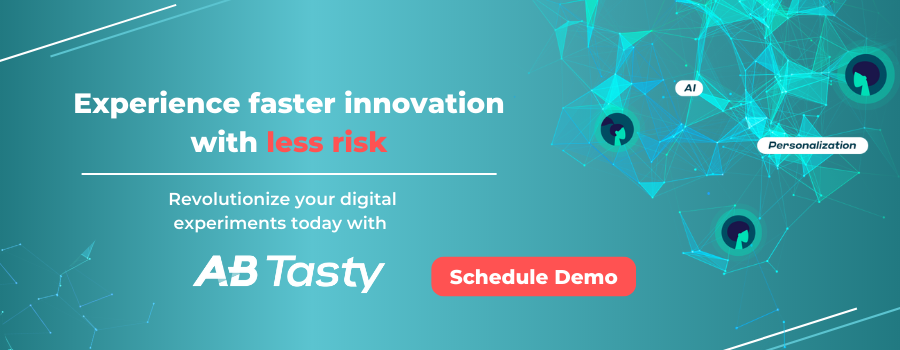
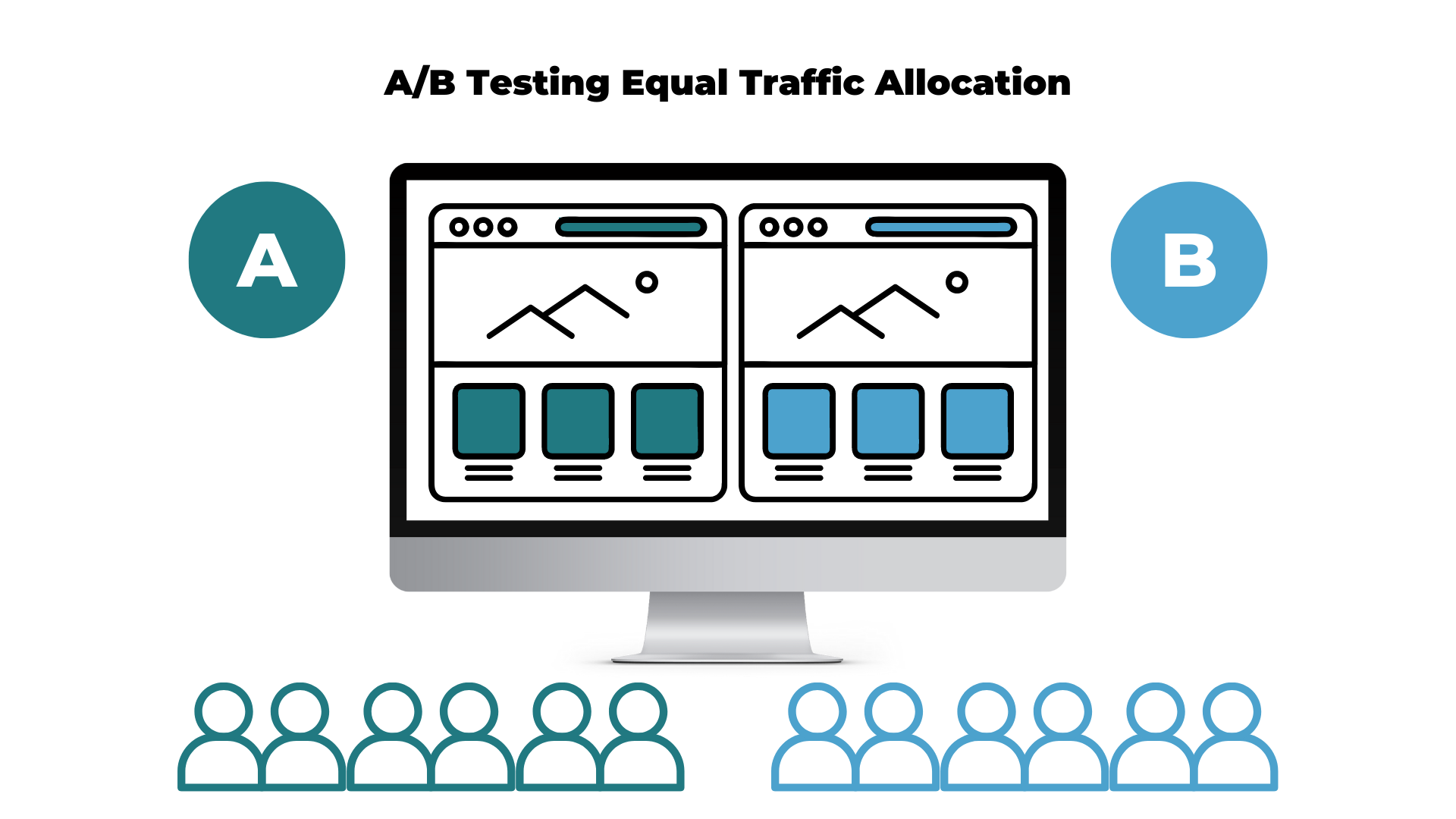
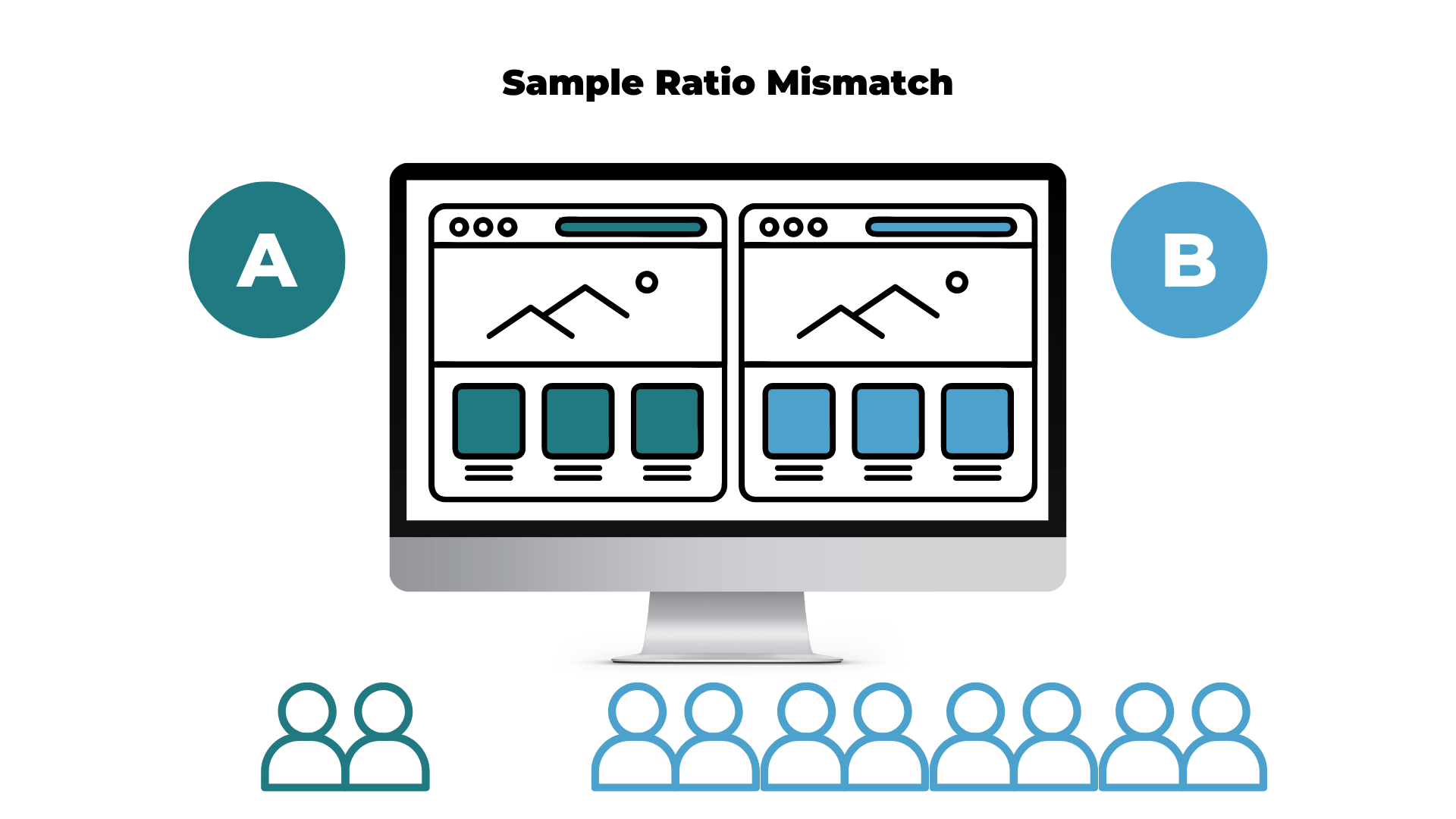
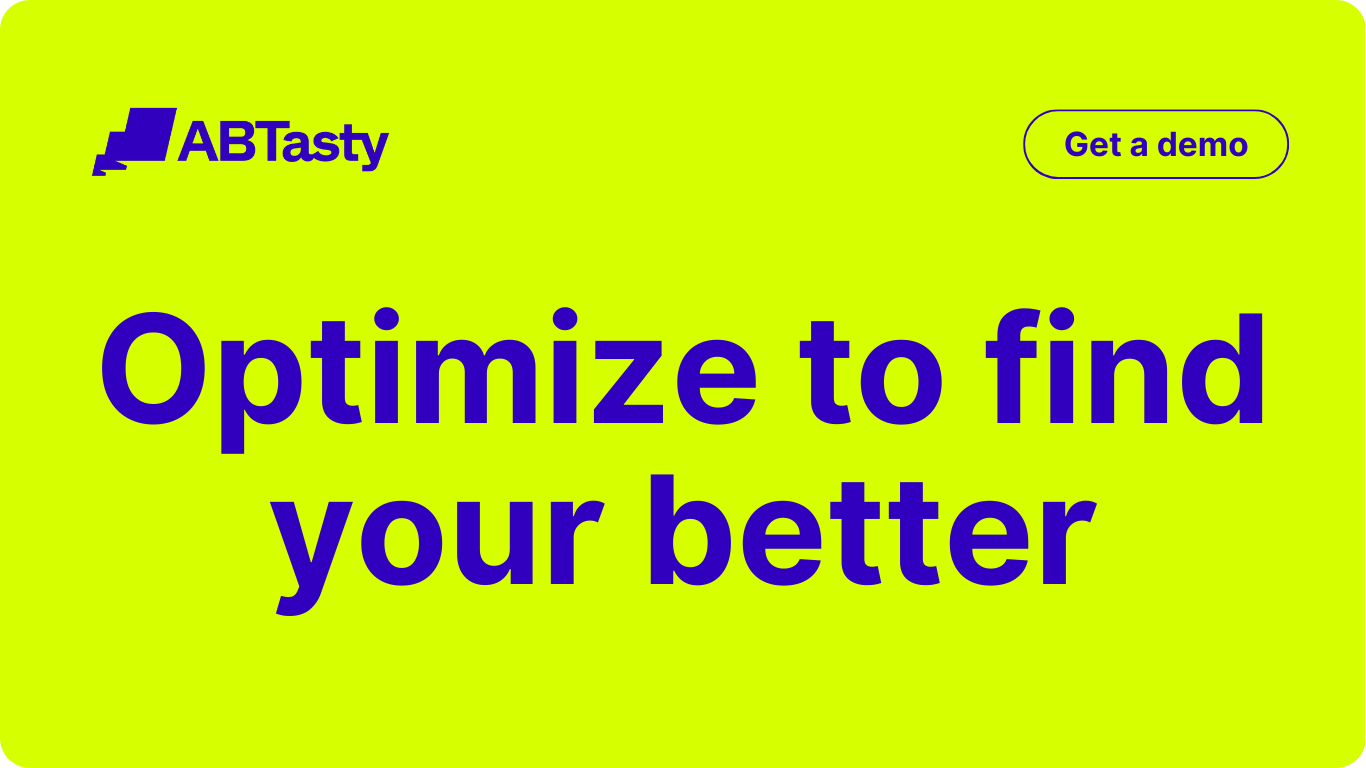
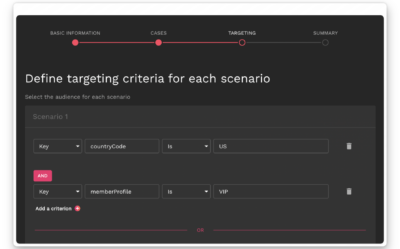
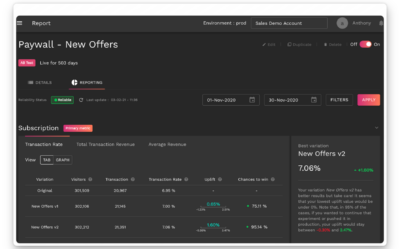




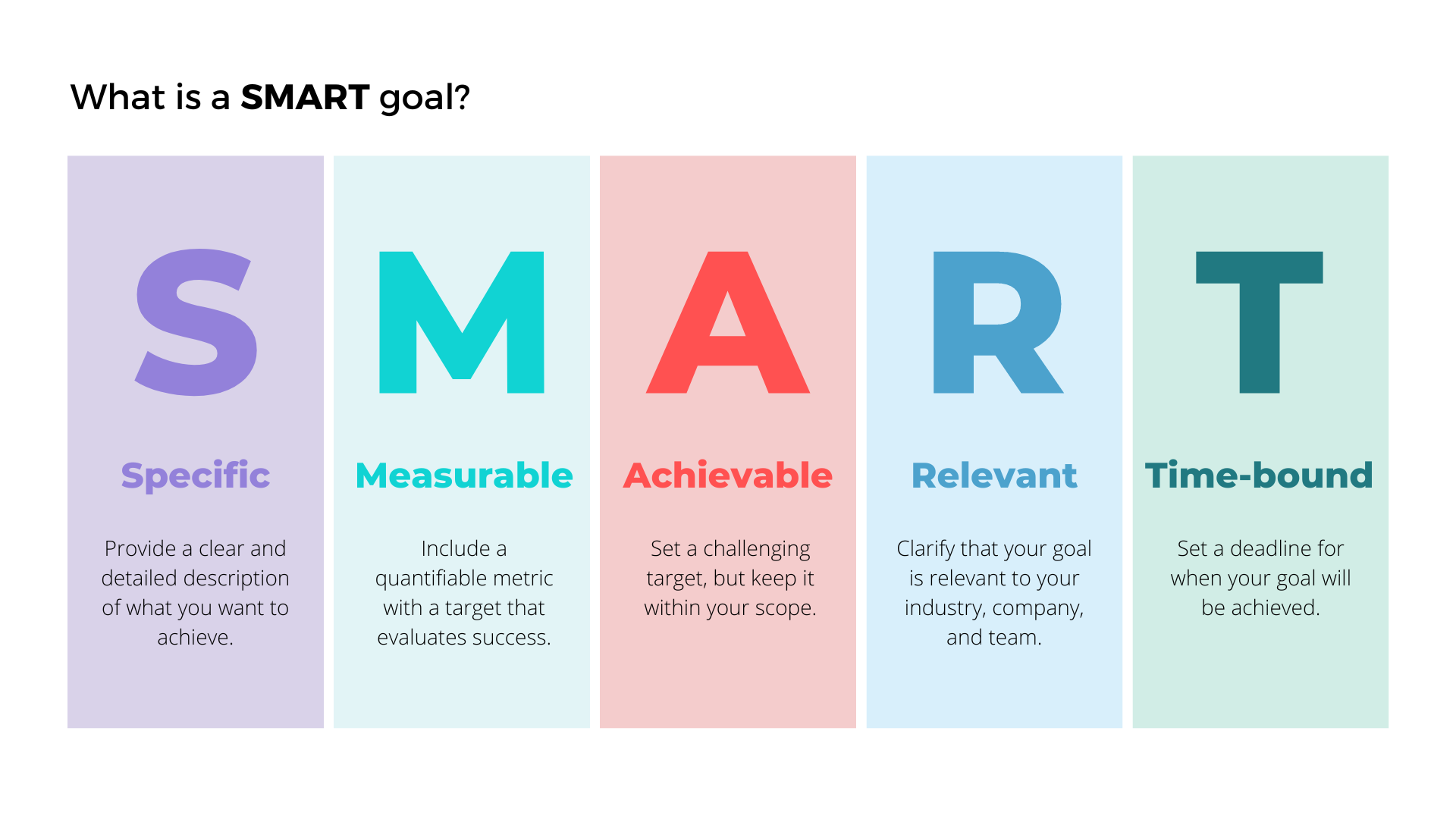 Once all these criteria have been met, a KPI can be properly designed and implemented with confidence. However, it will need monitoring and adjustment as time goes on once the KPI has been fully integrated.
Once all these criteria have been met, a KPI can be properly designed and implemented with confidence. However, it will need monitoring and adjustment as time goes on once the KPI has been fully integrated.


